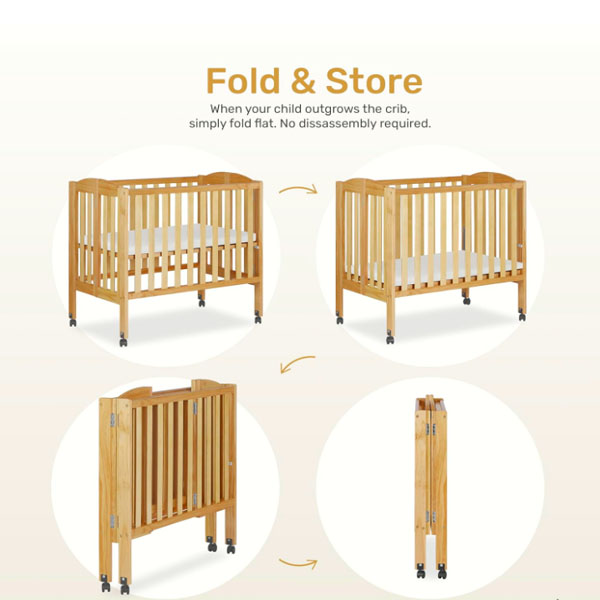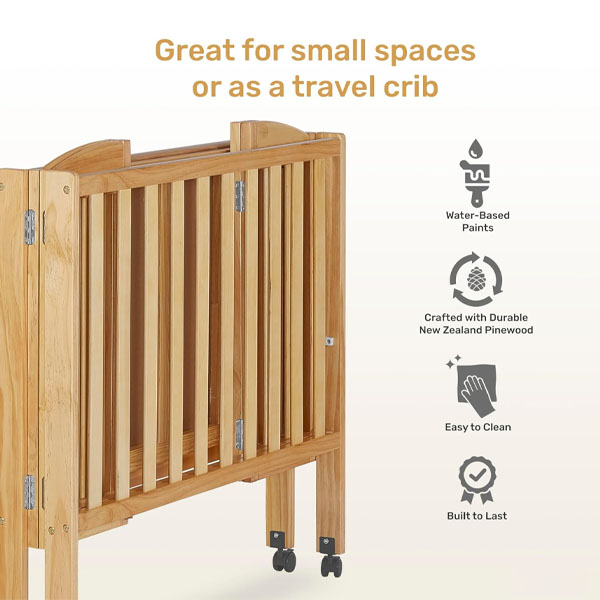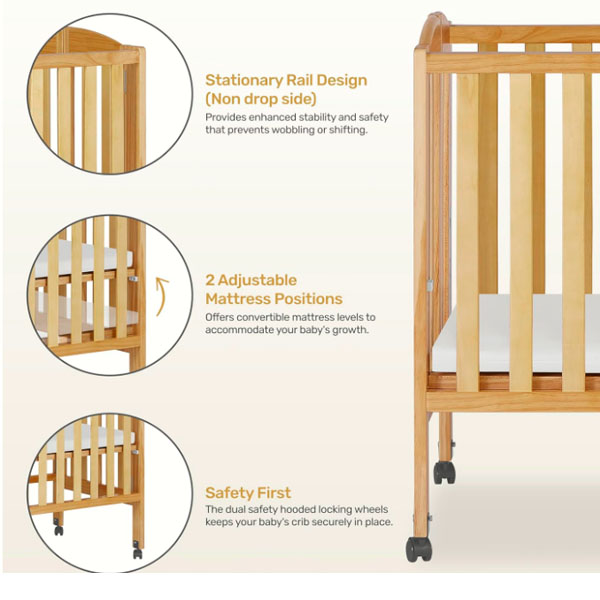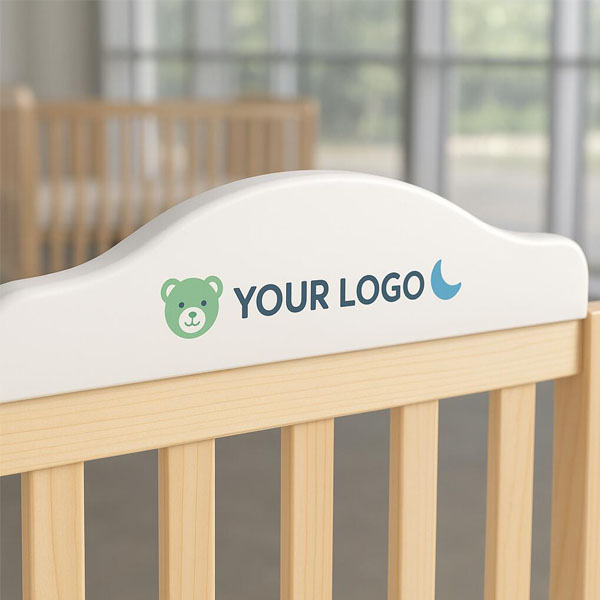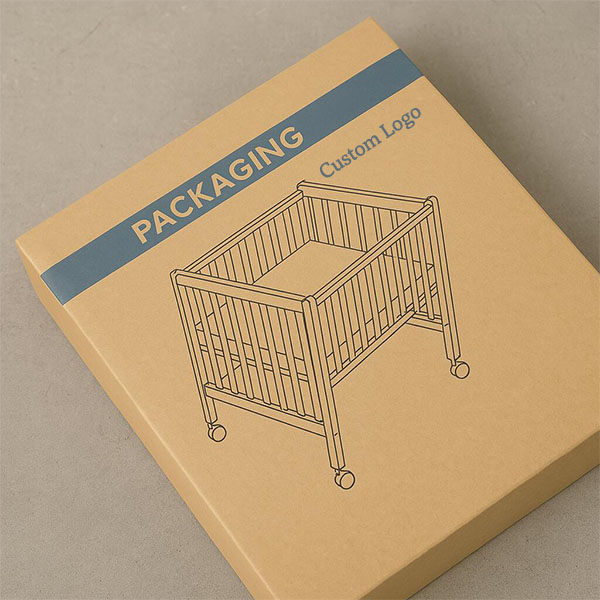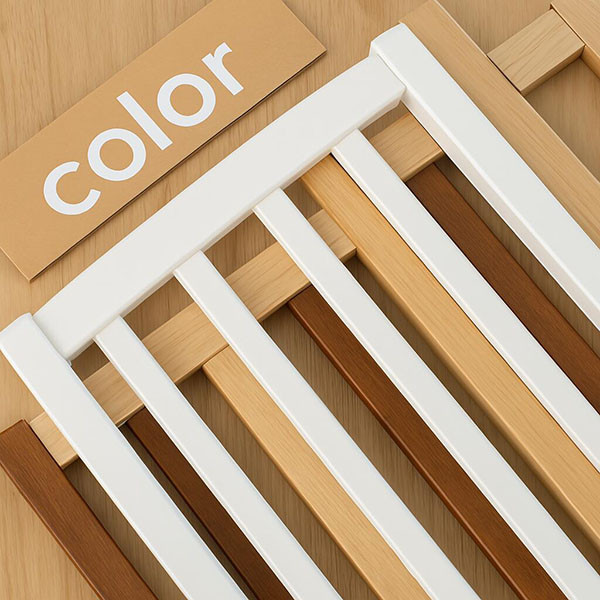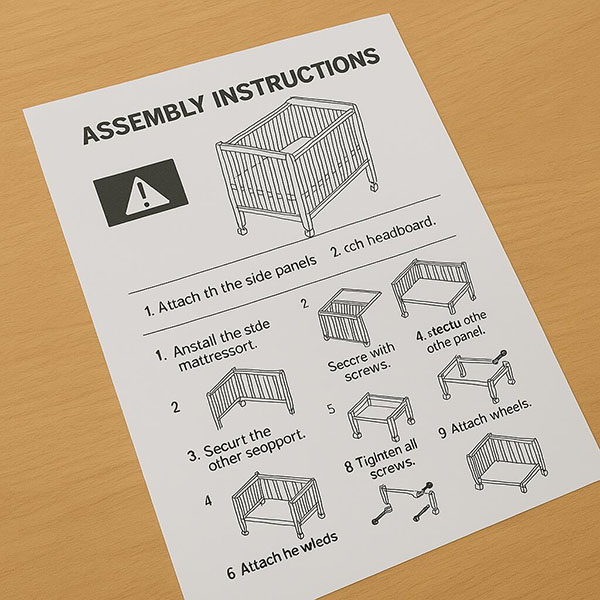How should I choose a supplier for a wooden baby crib?
Finding reliable wooden crib suppliers is tough. A bad partner can ruin your reputation. The right choice depends on more than just price; it requires a deep dive into their capabilities.
To choose the best wooden crib supplier, evaluate their supply chain integrity, quality control processes, and deep knowledge of safety standards like EN and ASTM. Look for a partner who prioritizes transparent communication and offers strong design and manufacturing collaboration for long-term success.
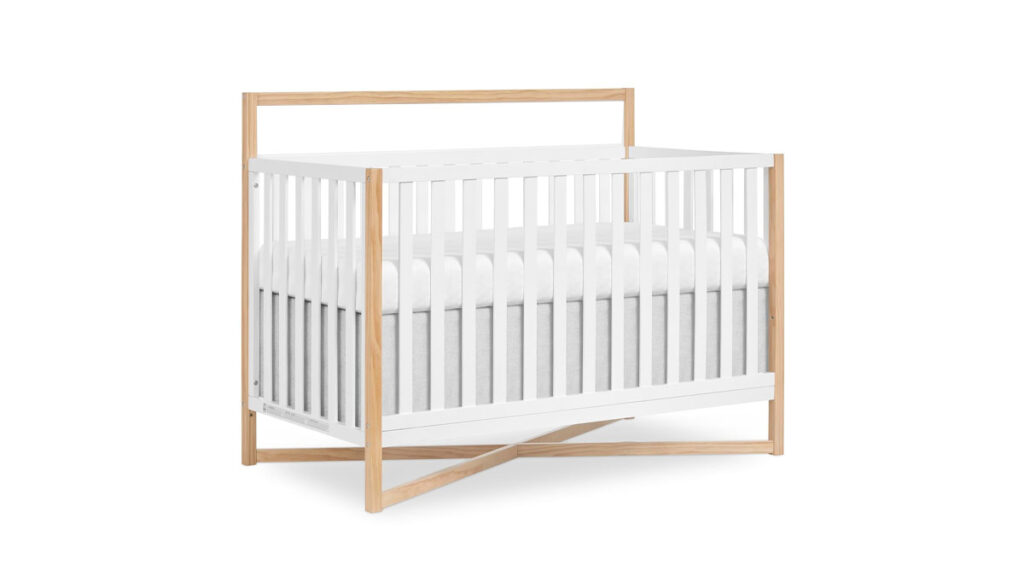
Choosing a supplier is one of the most critical decisions you will make. It impacts everything from your product quality to your bottom line and brand reputation. Before you can even begin to evaluate a potential partner, you must be perfectly clear about the materials you need for your product. This starts with the most fundamental component of the crib itself. It brings us to the first question that professional buyers often ask me.
What is the best wood for baby cribs?
Confused about which wood to specify for your cribs? The wrong choice can compromise safety and your brand image. Select strong, non-toxic hardwoods like beech or pine for lasting quality.
The best woods for baby cribs are durable hardwoods that resist splintering. European Beech and Birch are top choices for their strength and fine grain. Sustainably sourced New Zealand Pine is also excellent, offering a great balance of quality, workability, and eco-friendliness, especially with FSC certification.
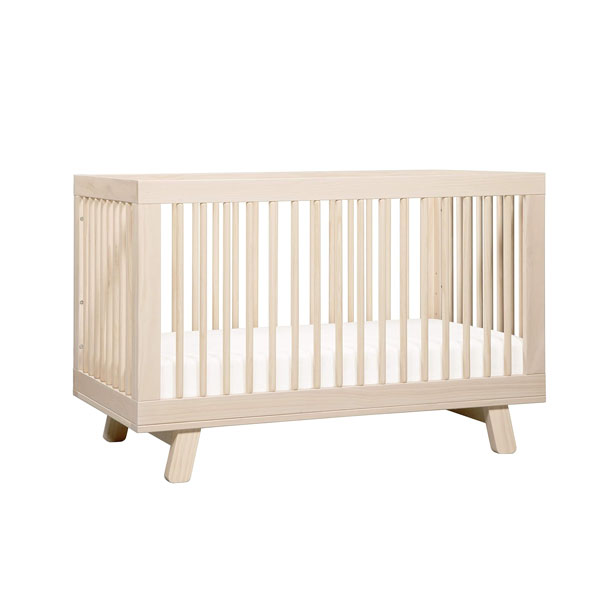
When sourcing a wooden crib, the type of wood is your first major decision. It determines the product’s durability, look, and safety. I always advise my clients to focus on solid woods and understand the key differences between them.
Hardwoods vs. Softwoods
Hardwoods, like Beech and Birch, come from slow-growing trees. This makes them dense, strong, and very durable. They resist dents and scratches well, which is perfect for a product that will see years of use. Softwoods, like Pine, come from faster-growing trees. They are generally less expensive but can be more prone to dents. However, high-quality pine like New Zealand Pine is an excellent and popular choice, as it’s strong enough for cribs and very workable. For structural parts, always use solid wood. Avoid suppliers who suggest using MDF or particleboard for crib legs or frames.
Common Wood Choices for Cribs
Each wood has its own profile. Understanding these helps you match the material to your brand’s price point and quality promise.
| Wood Type | Key Characteristics | Best For |
|---|---|---|
| Beech | Very hard, strong, fine straight grain. Heavy. | Premium, durable cribs meant to last. |
| Birch | Hard, durable, pale color, smooth finish. | Modern designs; takes paint well. |
| NZ Pine | Softer than hardwoods but stable and strong. | Cost-effective, high-quality, versatile cribs. |
Ultimately, choosing a wood also means choosing a supplier who sources it responsibly. Always ask for FSC (Forest Stewardship Council) certification to ensure the material comes from sustainably managed forests.
Who makes the best baby crib?
Deciding where to manufacture your cribs is a major challenge. Focusing only on low labor costs can backfire with quality issues. The best partner has a complete, reliable manufacturing ecosystem.
The ‘best’ baby cribs come from suppliers with a fully integrated supply chain. While Vietnam has labor cost benefits, Chinese factories often provide superior stability, faster development, and higher consistency due to a mature ecosystem for materials, hardware, and finishing. This integration is key for reliability.
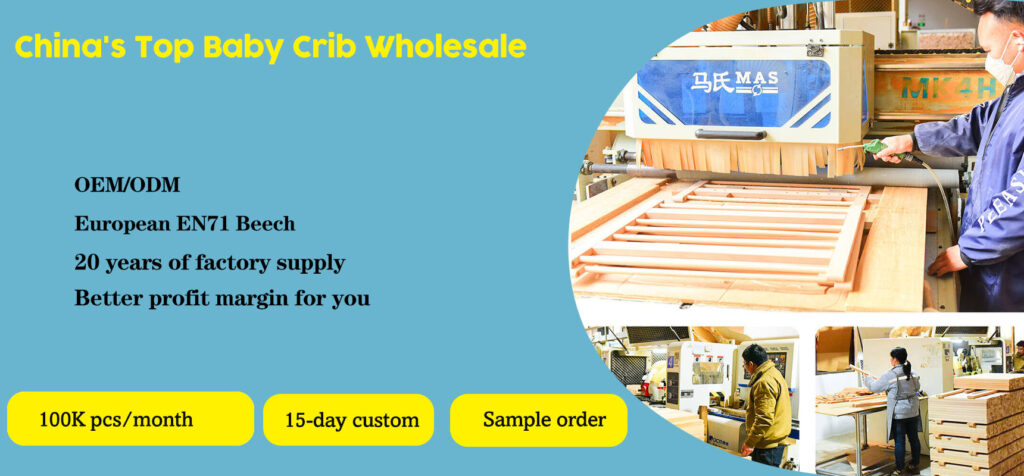
This question isn’t about one specific factory. It’s about a location and a type of partner. Many of my clients are currently weighing the benefits of manufacturing in China versus Vietnam. From my years of experience, I can tell you that the answer depends on your priorities.
The Case for Vietnam Sourcing
Vietnam has attracted a lot of attention for its lower labor costs and certain tariff advantages on raw timber. For very simple designs with large order quantities, this can be an attractive option if your primary goal is to minimize the cost per unit. Some factories there do good work. However, the supply chain is not as deep or mature as it is in China. This can sometimes lead to challenges with sourcing specific components or dealing with unexpected production delays.
The Enduring Advantage of China’s Supply Chain
From my perspective, working with professional buyers who need consistency, quality, and collaboration, China remains a very powerful choice. The key advantage is the fully developed industrial ecosystem. Here, it is much easier and faster to source high-quality hardware, specialized paints, eco-friendly materials, and custom packaging. This integration means faster prototyping, more stable lead times, and better problem-solving. A supplier in China can often manage the entire production process with more control and speed.
| Factor | China | Vietnam |
|---|---|---|
| Supply Chain Maturity | Highly integrated and complete. | Developing, less integrated. |
| Labor Costs | Higher | Lower |
| Lead Time Stability | More predictable | Can be less stable |
| Design & Prototyping | Very fast and flexible | Slower, less flexible |
| Scalability | Excellent for complex orders | Better for simple, high-volume |
For a buyer who values a long-term partnership built on design collaboration and reliable delivery, the stability of the Chinese manufacturing environment is a significant competitive edge.
What should a buyer avoid when sourcing a crib?
Tempted by a low price-point? This often hides serious production risks. Overlooking red flags can lead to product recalls and damage your brand. Avoid suppliers who lack transparency and quality systems.
Avoid suppliers who lack transparency, have poor communication, or cannot provide valid safety certifications like EN 716 and ASTM F1169. A major red flag is a factory that resists audits or cannot trace its raw materials. Prioritizing the lowest price often leads to unacceptable safety compromises.
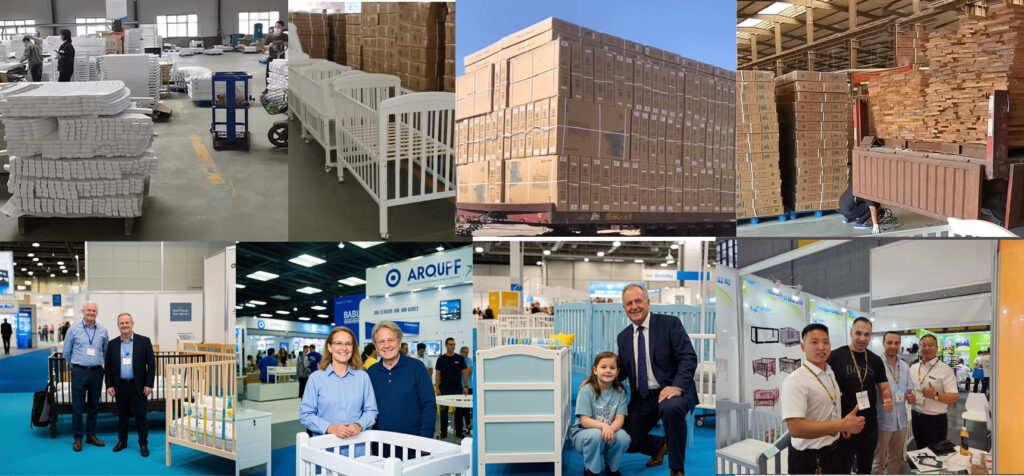
Knowing what to look for in a supplier is important. Knowing what to avoid is critical. I have seen buyers make painful mistakes by ignoring some clear warning signs. Protecting your brand means being vigilant and walking away from a deal that seems too good to be true.
Red Flags in Communication and Transparency
Your relationship with a supplier is built on trust, and that starts with communication. Be cautious if a potential partner is slow to respond, avoids answering direct questions, or seems disorganized. A huge red flag is any hesitation to provide documentation. They must be able to instantly provide you with their business license, quality management certificates (like ISO 9001), and social compliance audit reports (like BSCI). If they can’t or won’t provide these, it suggests they have something to hide. Transparency is non-negotiable.
Red Flags in Production and Quality
Never partner with a factory that resists an in-person or third-party audit. If they don’t want you to see their operation, there is a reason. Another major red flag is a lack of traceability. They should be able to tell you exactly where their wood, paint, and hardware come from. Finally, be very wary of a supplier whose sole focus is price. A factory that offers a price far below all competitors is almost certainly cutting corners on materials, safety testing, or labor standards. This is a risk you cannot afford to take.
What critical features should a buyer specify for a crib?
Unsure what to include in your crib’s technical specs? Vague requirements lead to costly errors and safety risks. A detailed specification sheet is your key to getting the product right.
Buyers must specify critical safety features1: slat distance (under 6 cm), multiple mattress support levels, and the absence of drop-sides. Define the exact wood, non-toxic finishes2, hardware quality, and structural integrity tests3. Clear specifications on packaging are also essential to prevent transit damage and ensure compliance.

A good supplier will help guide you, but you, the buyer, are responsible for providing a clear and detailed list of specifications. A vague request will result in a product that may not be safe, compliant, or what you envisioned. Your tech pack should be thorough and unambiguous.
Structural and Safety Specifications
These are the non-negotiable safety features dictated by international standards. Your spec sheet must clearly state these requirements to ensure the factory builds a compliant product.
- No Drop-Sides: These are banned in many countries and are a major safety hazard.
- Slat Spacing: The distance between slats must be less than 6 cm (2 3/8 inches) to prevent a baby’s head from getting trapped.
- Mattress Support: Specify a sturdy mattress support system and at least two adjustable height levels. This adds value for parents as the crib grows with their child.
- Structural Integrity: Define the load-bearing tests the crib must pass to ensure it is durable and will not collapse.
Material and Finish Specifications
You must be precise about the materials used to ensure safety and quality.
- Wood Type: Specify the exact solid wood you require (e.g., "Solid European Beech Wood").
- Finishes: Do not just say "non-toxic." Specify that all paints and finishes must pass specific chemical tests, such as EN 71-3 in Europe or the relevant CPSC standards in the US. Request the test reports.
- Hardware: Specify the quality and type of all screws and connectors. The hardware should be strong and designed to not loosen over time.
- Packaging: Define the packaging requirements, including carton thickness and internal protection, to ensure the product arrives to the end customer without damage.
Conclusion
Choosing a crib supplier is not just about price. It is about finding a true partner who guarantees safety, stability, and quality, helping your brand grow with confidence and trust.
-
Understanding safety features is crucial for ensuring the well-being of infants. Explore this link to learn more about essential crib safety standards. ↩
-
Choosing non-toxic finishes is vital for a safe nursery environment. Discover the best options to protect your child’s health. ↩
-
Learn about structural integrity tests to ensure furniture safety and durability, which is essential for long-lasting use. ↩




